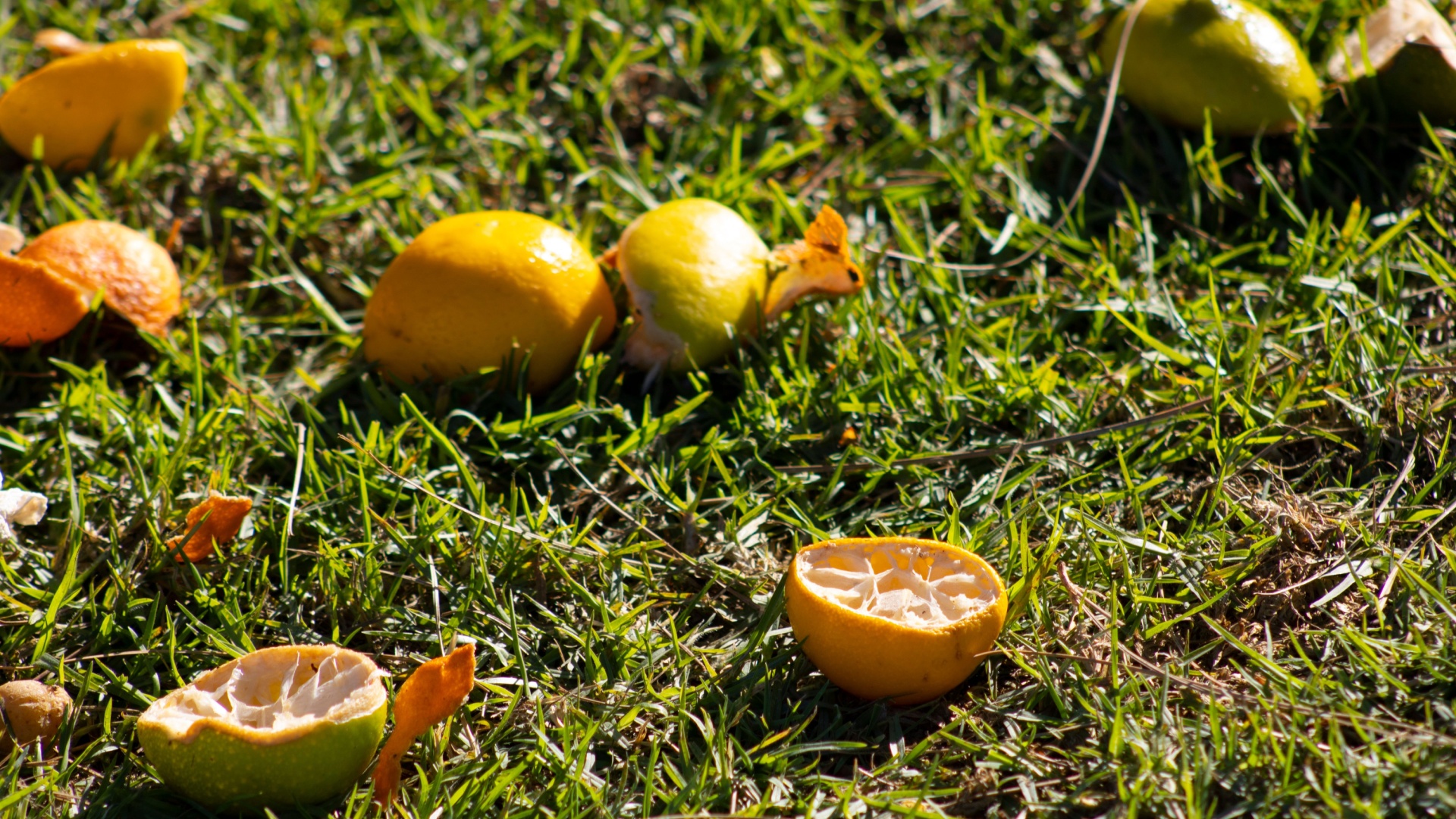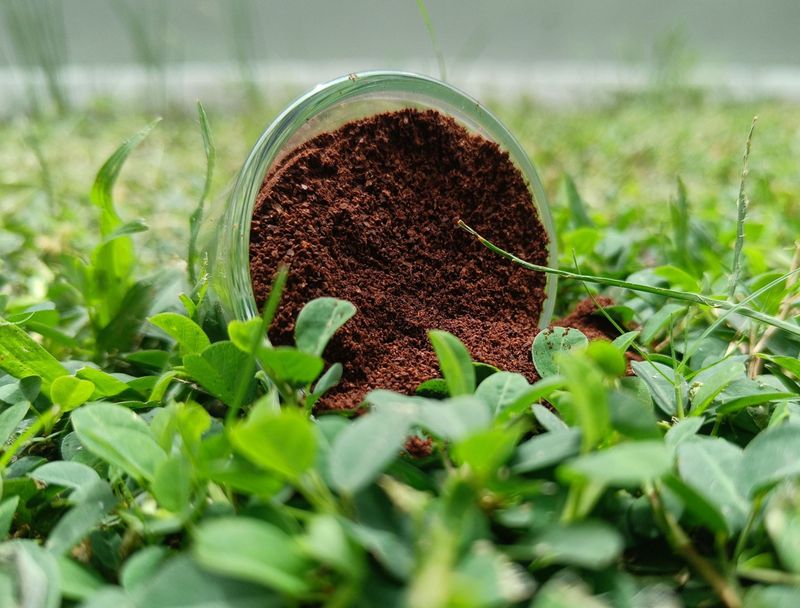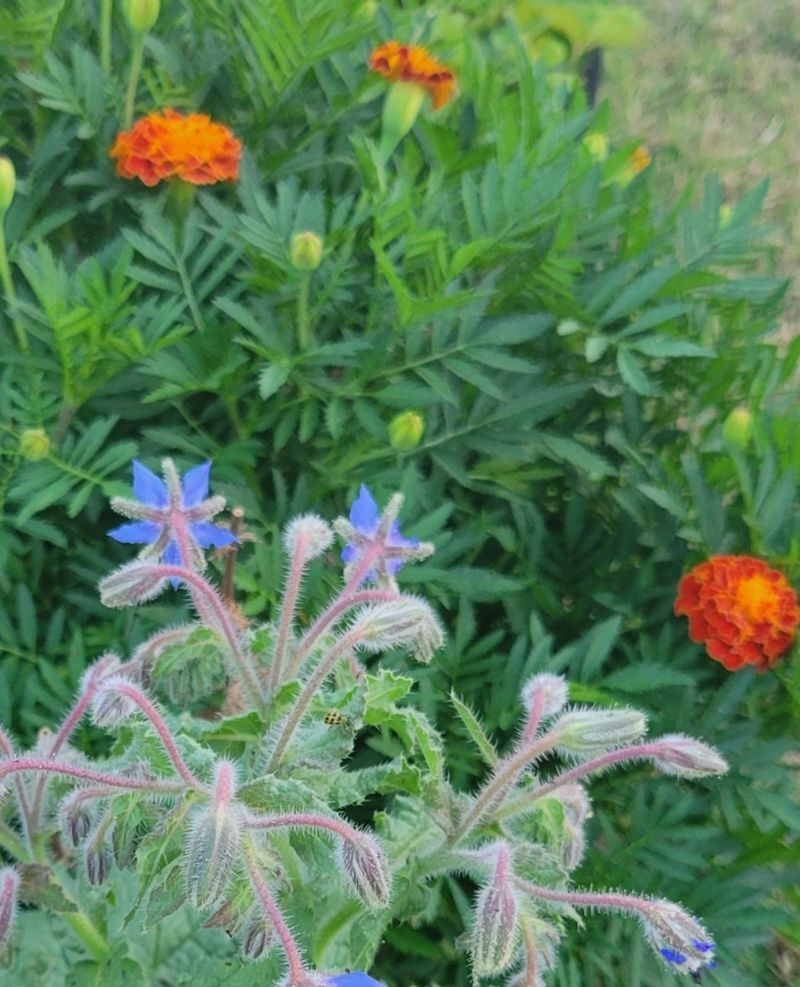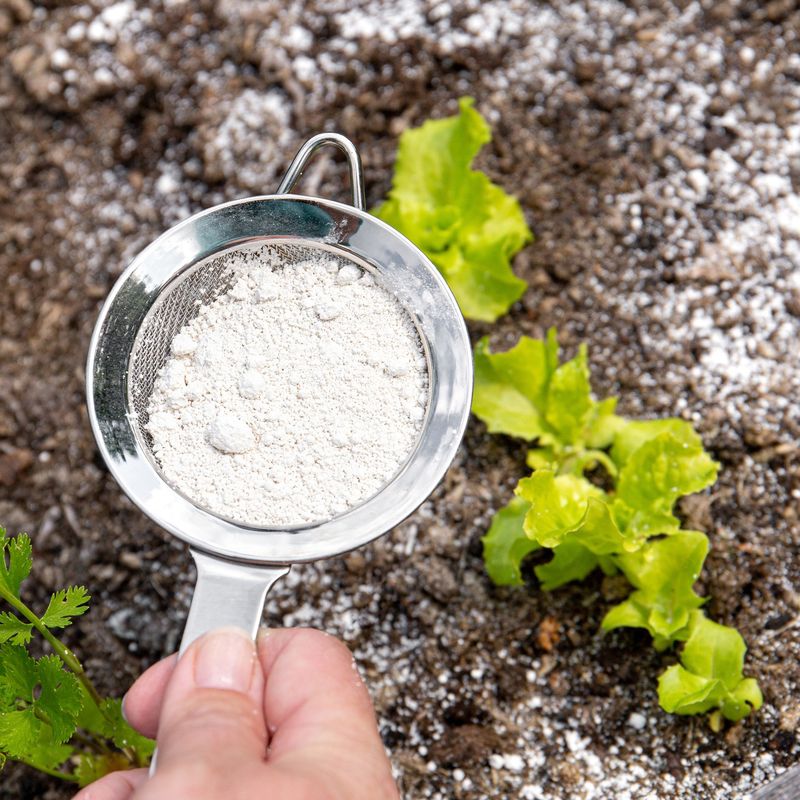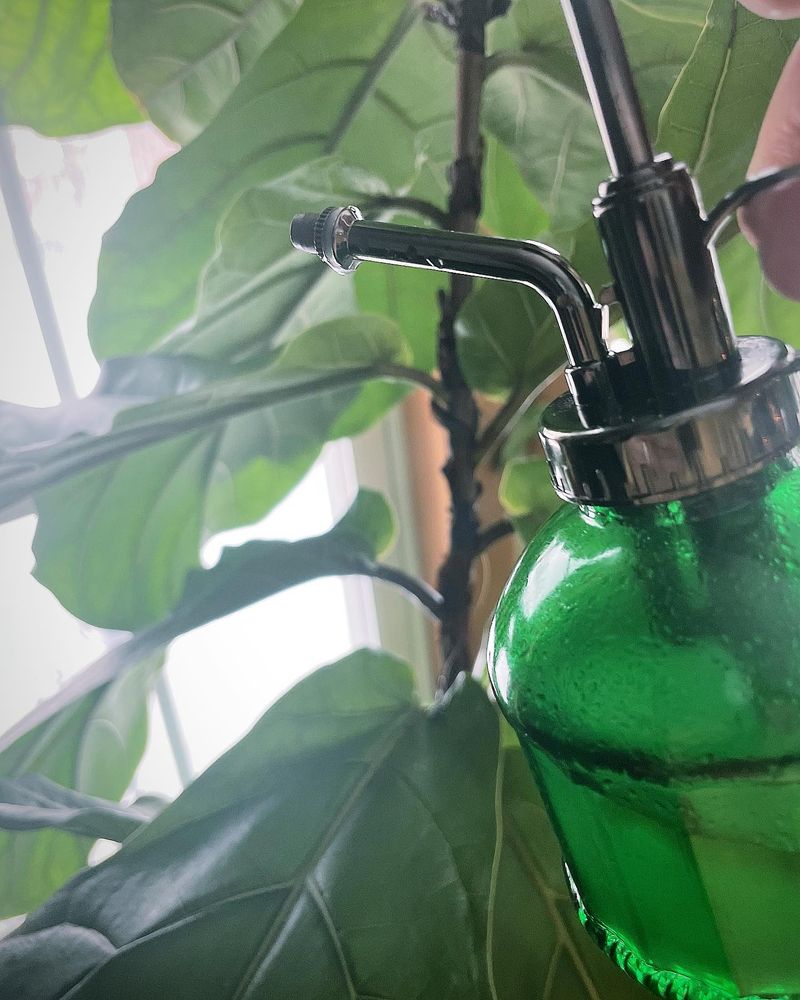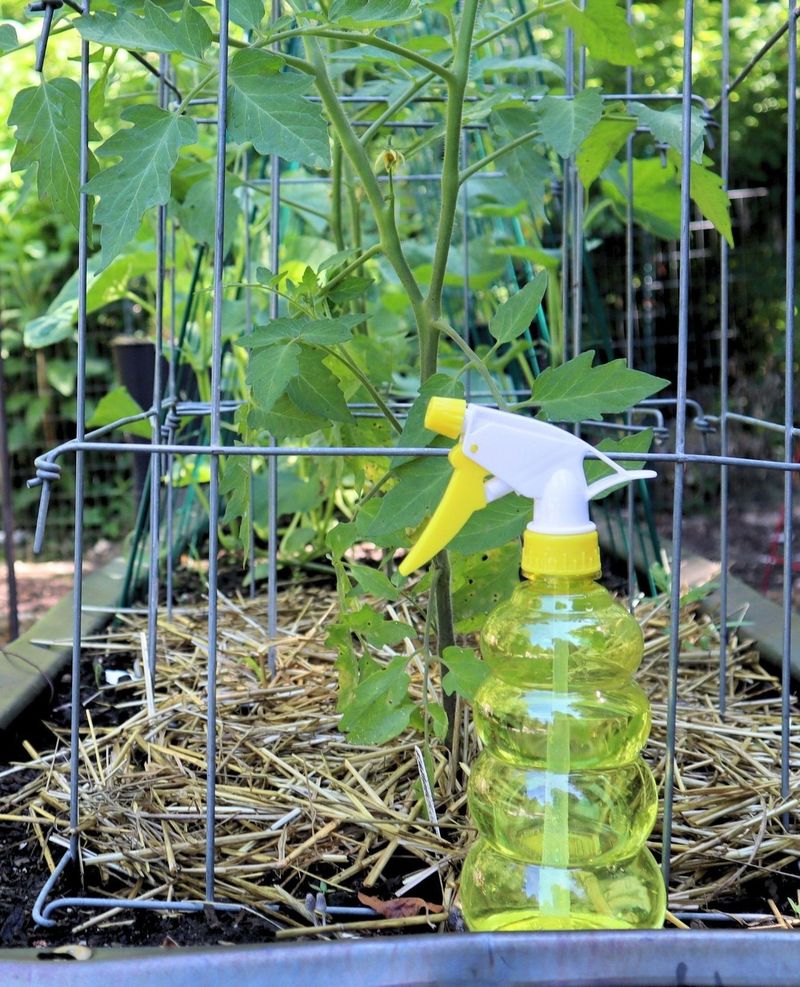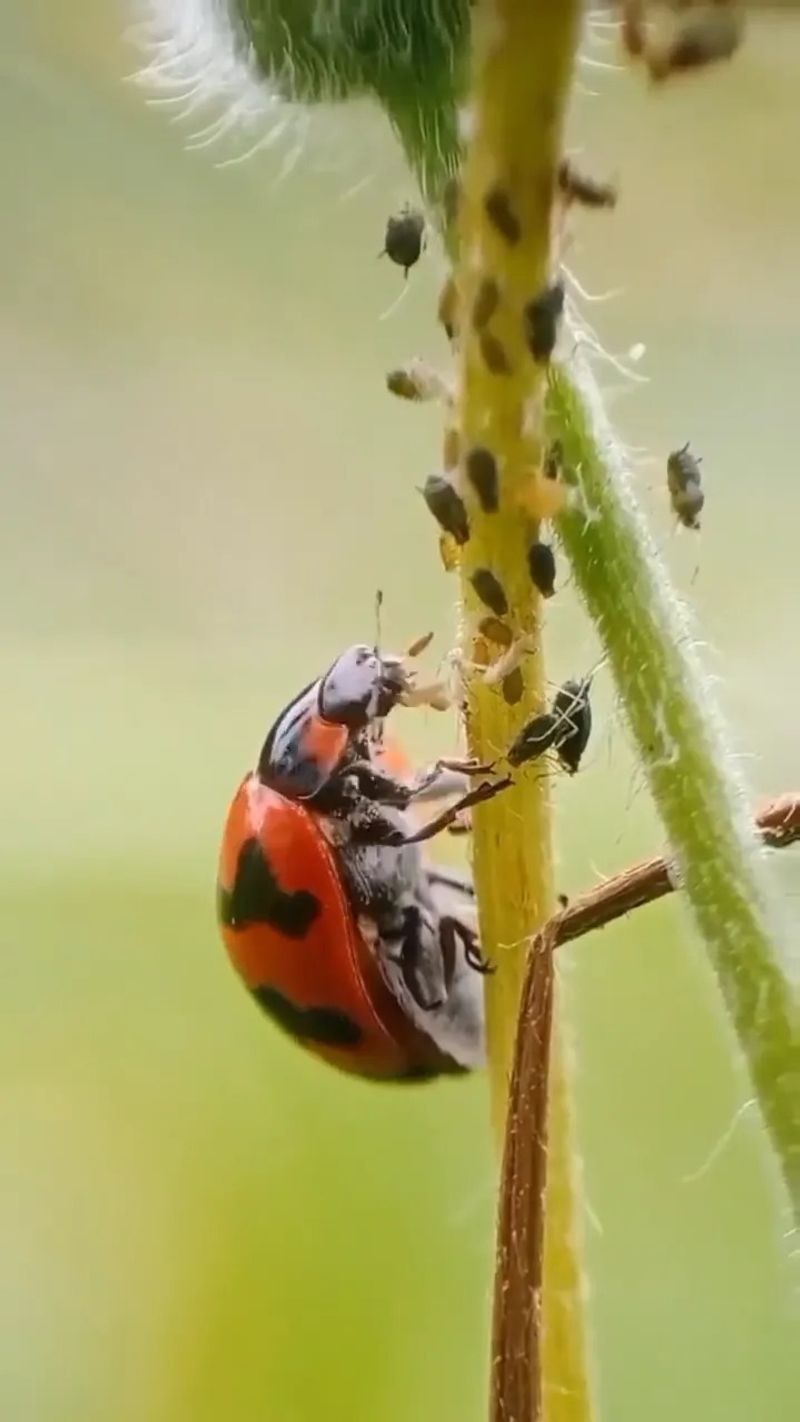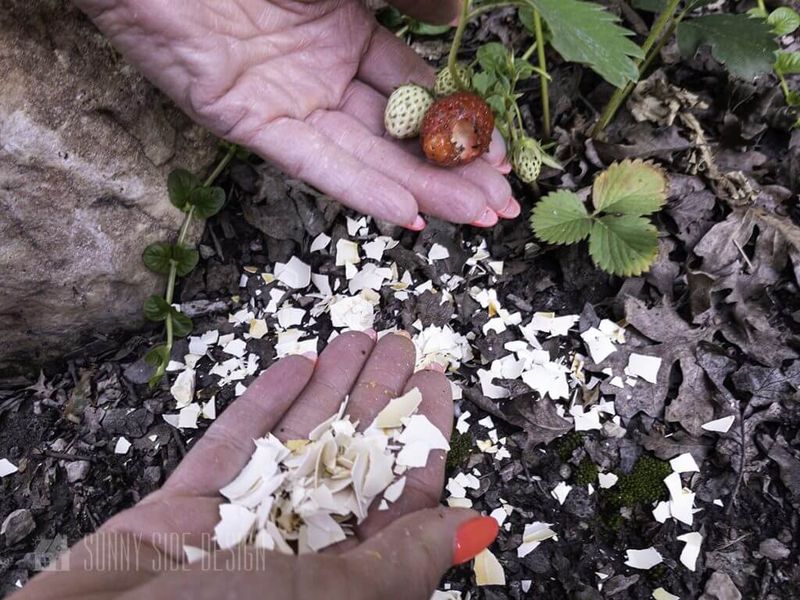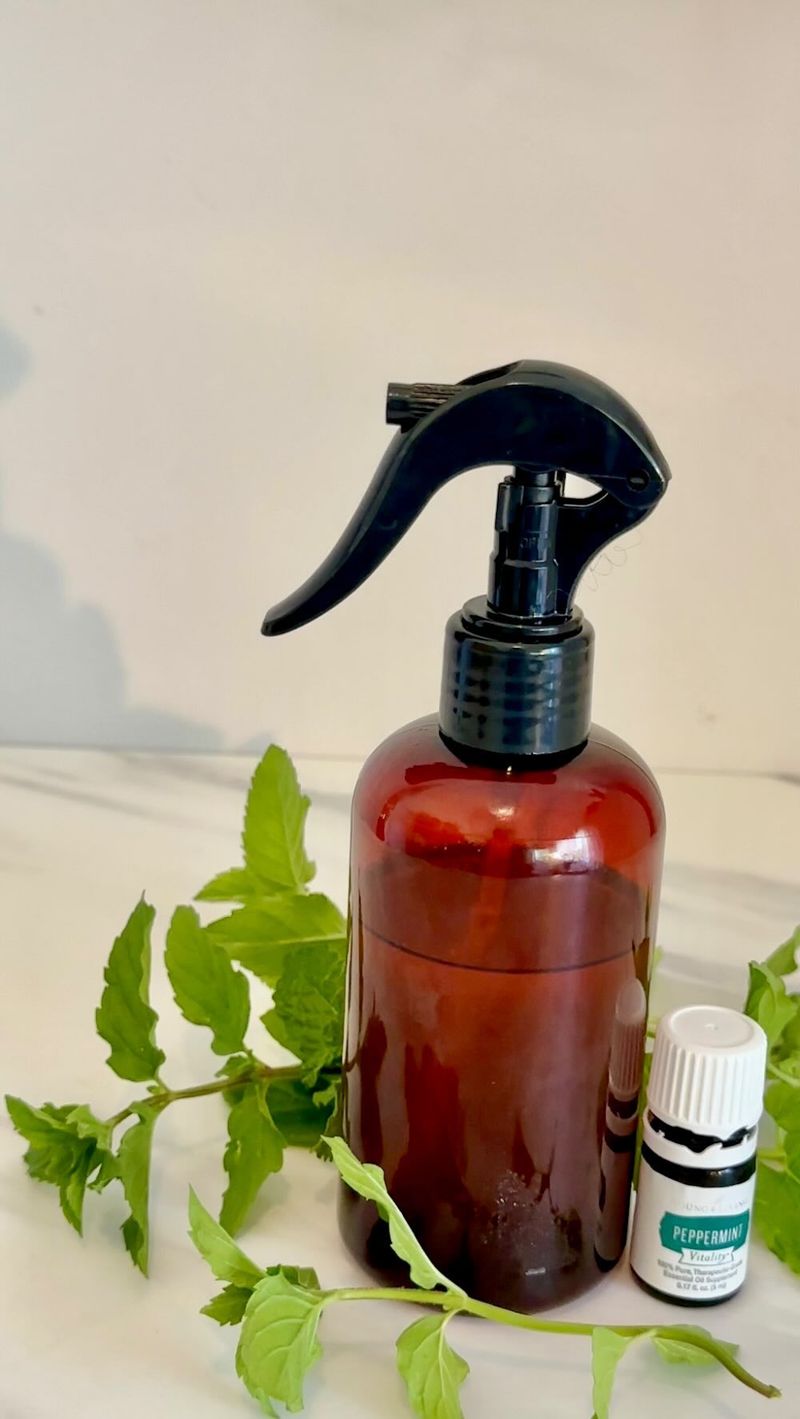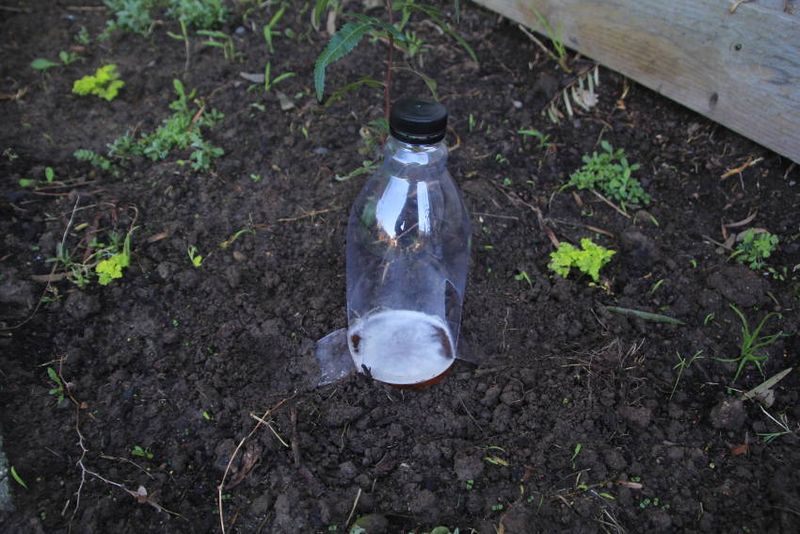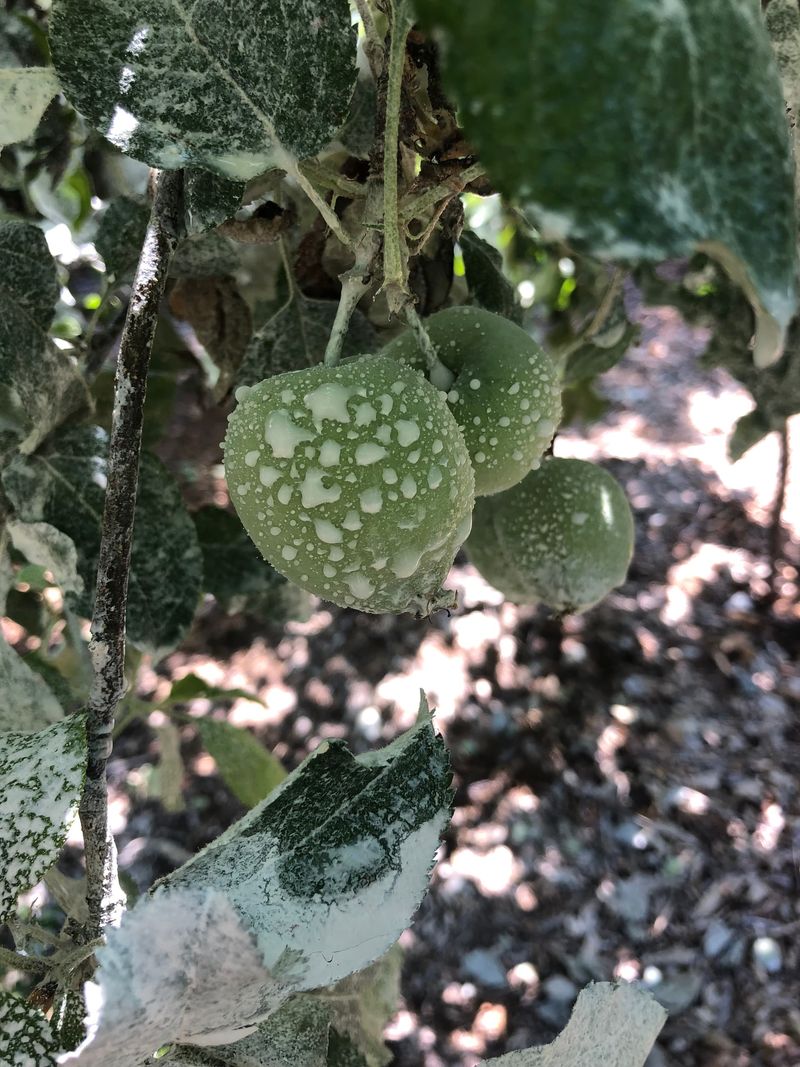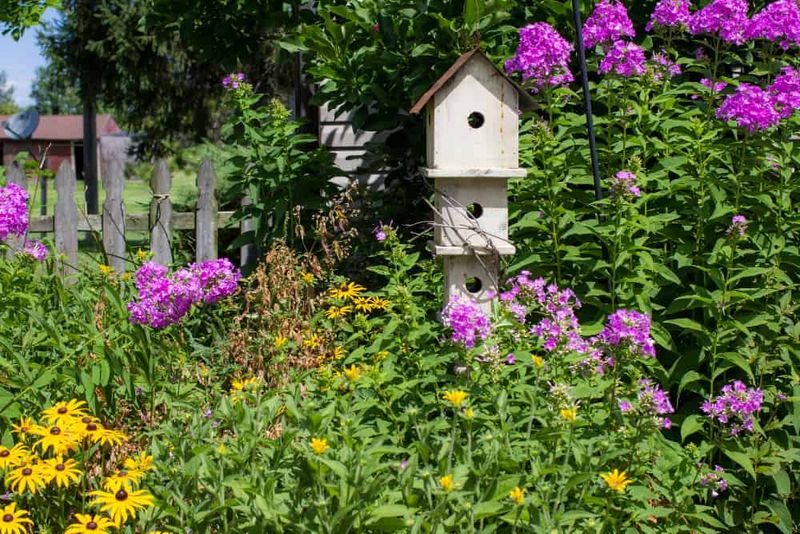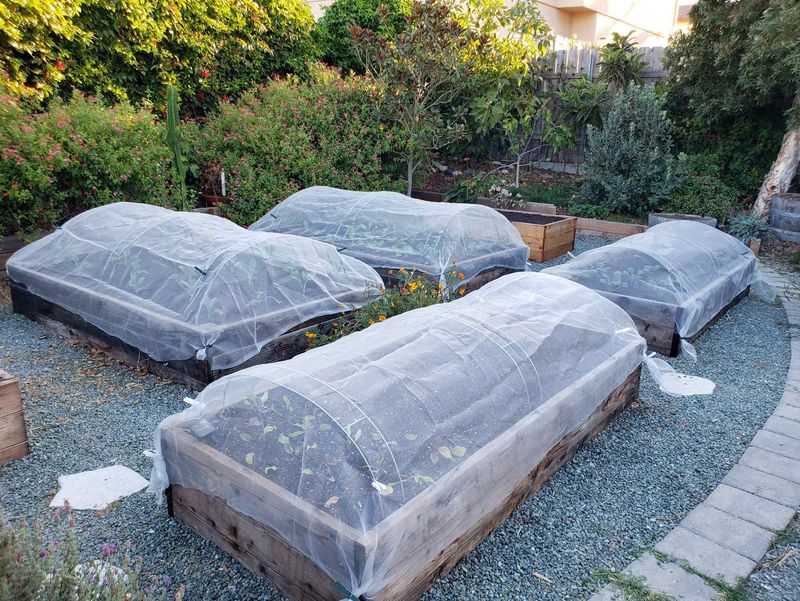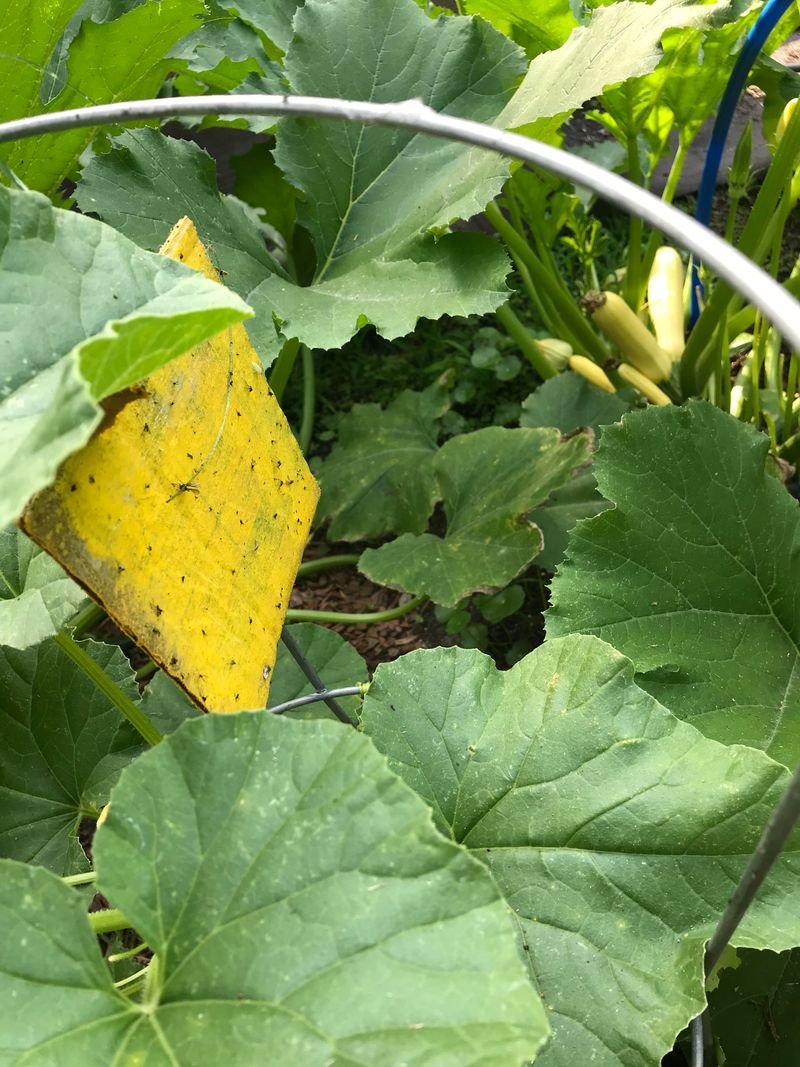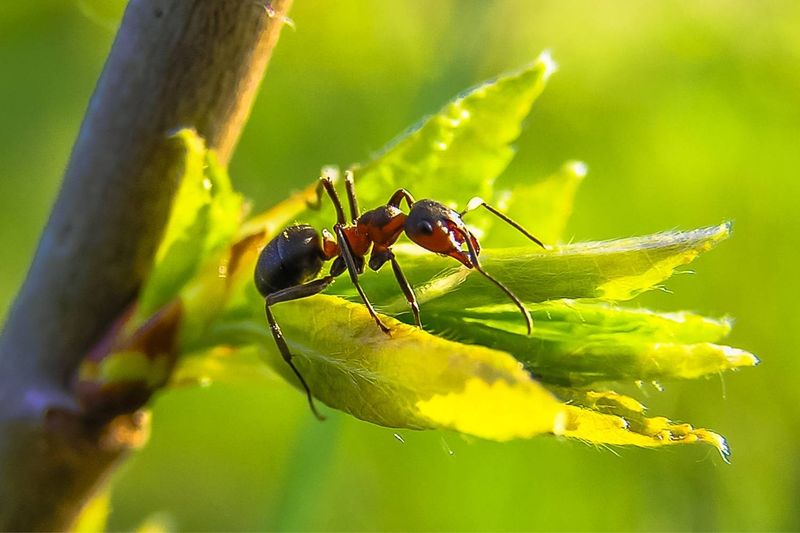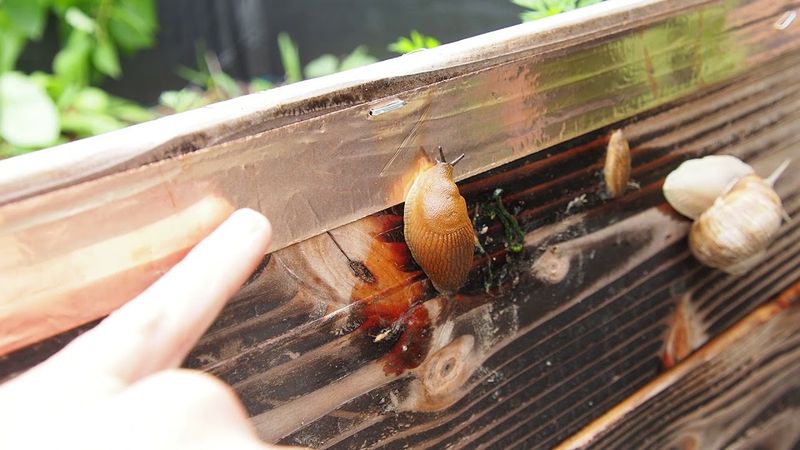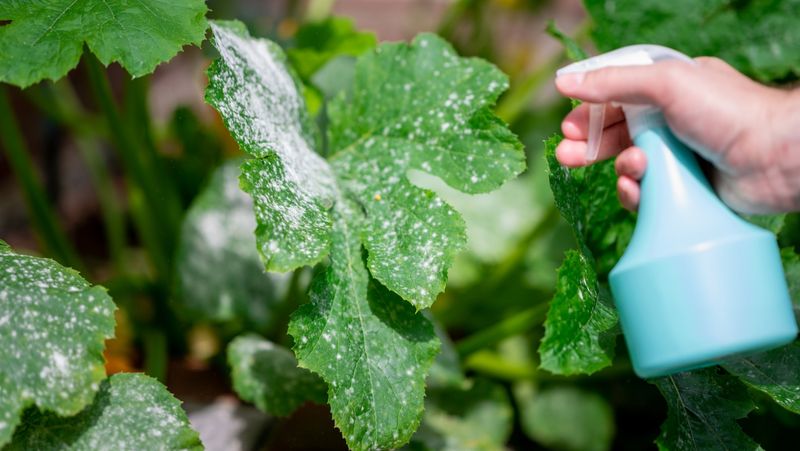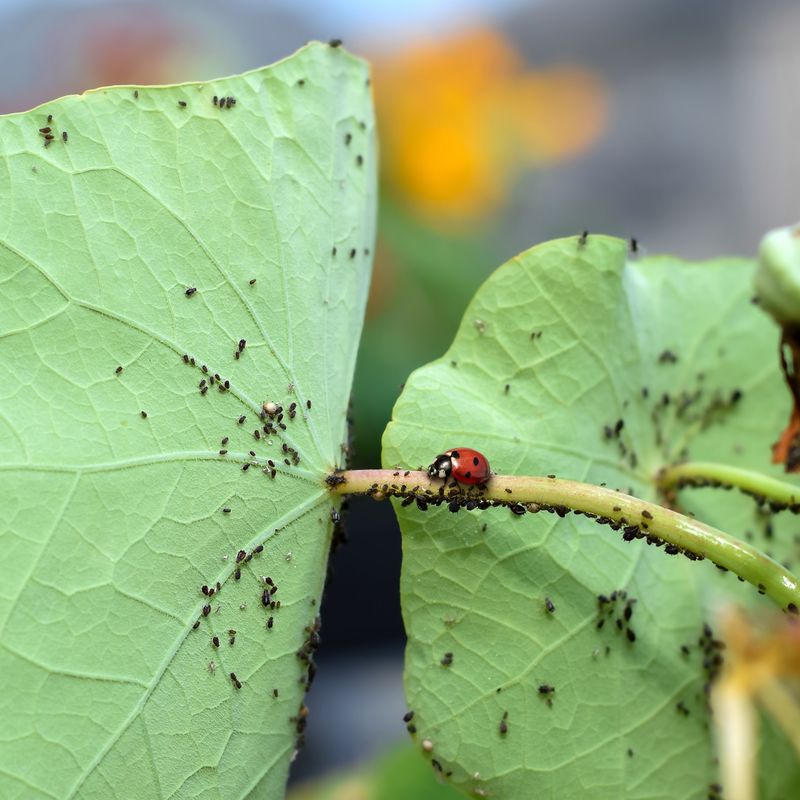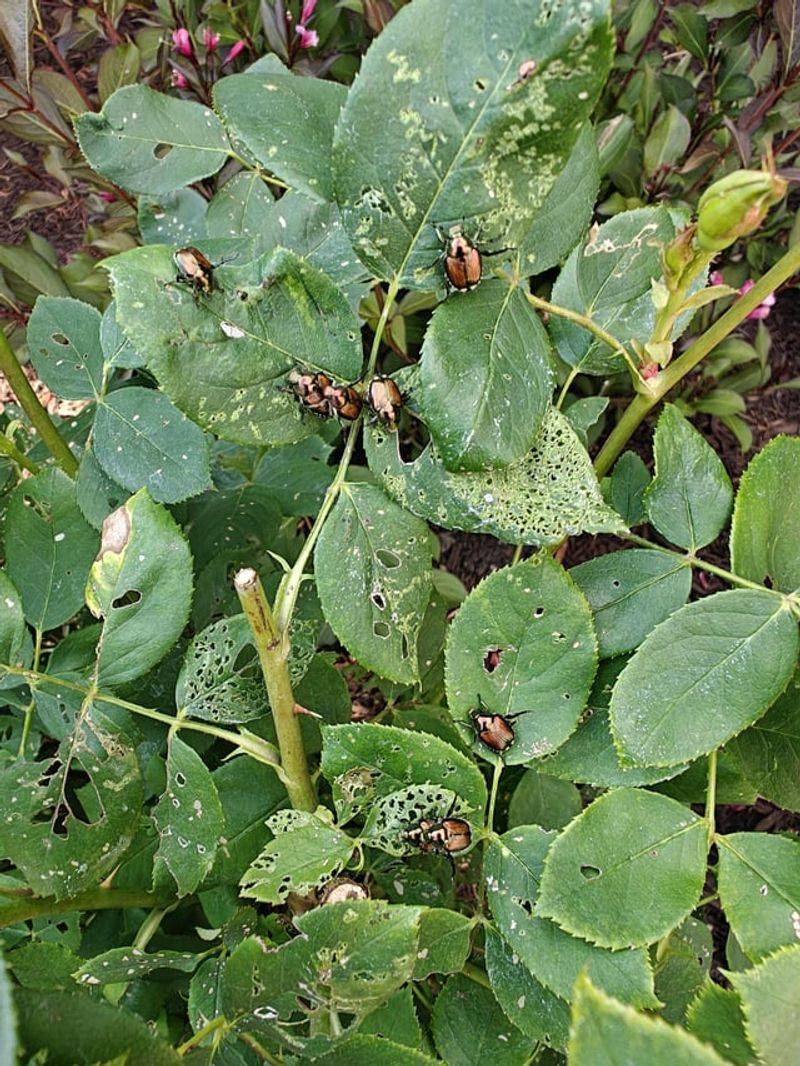Many gardeners swear by using citrus peels to keep pests away from their precious plants. The strong smell supposedly repels insects and even some mammals that might otherwise munch on your garden goodies.
But does this home remedy really work? If you’re looking for effective ways to protect your garden without harsh chemicals, there are plenty of options beyond the fruit bowl.
1. Coffee Grounds Barrier
Sprinkle used coffee grounds around your plants to create a natural barrier against slugs and snails. The gritty texture irritates their soft bodies, making them think twice before crossing.
Coffee grounds also add nitrogen to your soil as they break down, giving your plants a little nutrition boost. Many gardeners use this method for their hostas and other slug-favorite plants.
Simply collect your morning brew leftovers, dry them out, and spread a one-inch ring around vulnerable plants.
2. Companion Planting Magic
Growing certain plants next to each other creates natural pest protection. Marigolds release a scent that drives away nematodes and other underground pests, while attracting beneficial insects that hunt troublemakers.
Basil planted near tomatoes improves their flavor and repels flies and mosquitoes. Nasturtiums act as trap crops, luring aphids away from your vegetables.
This ancient gardening technique reduces the need for any pesticides while creating a more diverse, resilient garden ecosystem.
3. Diatomaceous Earth Defense
Food-grade diatomaceous earth creates a microscopic barrier of sharp particles that damages the exoskeletons of crawling insects. Sprinkle it dry around plant bases or on leaves to target pests like aphids, mites, and beetles.
Made from fossilized algae, this powder is non-toxic to humans and pets but deadly to insects with soft bodies. It works through physical action rather than chemical poisoning.
Remember to reapply after rain since water makes it less effective. Wear a mask when applying to avoid breathing the fine dust.
4. Neem Oil Spray
Extracted from the neem tree, this oil disrupts insect feeding and breeding cycles without harming beneficial bugs when used correctly. Mix 2 teaspoons with a bit of dish soap and a quart of water in a spray bottle.
Apply to affected plants in the evening to avoid leaf burn and bee activity. The bitter compounds make plants taste terrible to munching pests while also suffocating some insects on contact.
Unlike harsh chemicals, neem breaks down naturally and won’t harm earthworms or pollinators when used as directed.
5. Garlic Pest Spray
Crush several garlic cloves and steep them overnight in water to create a potent spray that insects absolutely hate. The sulfur compounds that give garlic its distinctive smell act as natural repellents for aphids, spider mites, and moths.
Strain the mixture and add a small squirt of dish soap to help it stick to plant surfaces. The spray won’t hurt your plants but makes them unappealing to most pests.
Apply weekly or after rain for continuous protection. The smell dissipates quickly for humans but remains effective against bugs.
6. Beneficial Insect Army
Ladybugs, praying mantises, and lacewings act as natural predators in your garden ecosystem. A single ladybug can devour up to 5,000 aphids in its lifetime, providing ongoing pest control without any work from you.
You can purchase these helpful insects online or at garden centers, then release them at dusk when they’re less likely to fly away. Plant flowers like dill, fennel and yarrow to provide habitat and keep them around.
This approach mimics nature’s own balance system rather than fighting against it.
7. Eggshell Barriers
Crushed eggshells create a jagged barrier that soft-bodied pests like slugs and snails refuse to cross. The sharp edges cut their delicate undersides, making your plants suddenly much less appealing meals.
Save shells from cooking, rinse them well, and let them dry completely. Crush them into small pieces and create a protective circle around vulnerable plants like hostas, lettuce, and strawberries.
As a bonus, the shells slowly add calcium to your soil as they break down, helping prevent blossom end rot in tomatoes.
8. Peppermint Oil Deterrent
Mice, spiders, and many insects can’t stand the smell of peppermint oil. Mix 10-15 drops with water and a touch of dish soap in a spray bottle for a refreshing pest repellent that smells great to humans but sends critters running.
Spray around garden edges, entrances, and problem areas every few days. The menthol compounds overwhelm the sensory systems of many pests, making your garden territory they’d rather avoid.
For added protection, try planting actual mint plants as borders (in containers to prevent spreading).
9. Beer Slug Traps
Slugs can’t resist the yeasty smell of beer, making it perfect for trapping these garden destroyers. Bury a small container like a tuna can with its rim just above soil level, then fill it halfway with any beer.
The slugs will crawl in for a drink but can’t get back out. Check and empty your traps every few days, especially after rain.
This method targets slugs specifically without harming beneficial insects or using any chemicals that might hurt your plants or soil health.
10. Kaolin Clay Coating
Kaolin clay creates a protective powdery barrier on plants that insects hate to walk on or eat through. When sprayed on leaves and fruits, it forms a white coating that confuses and repels pests looking for a meal.
Commercial versions like Surround WP are easy to mix with water and apply with a regular sprayer. The clay particles wash off easily at harvest time but need reapplication after heavy rain.
Especially effective against beetles, fruit flies, and leaf-eating caterpillars, this mineral-based solution is safe for organic gardens.
11. Bird-Friendly Gardens
Attract insect-eating birds to your garden by installing birdhouses, birdbaths, and native plants that produce seeds and berries. Birds like chickadees, wrens, and bluebirds consume enormous quantities of caterpillars, beetles, and other garden pests.
A single chickadee family can eat up to 9,000 insects during the nesting season alone! Provide water sources and perching spots to make your garden a bird paradise.
Avoid using any chemical pesticides that might harm these natural pest controllers or the insects they depend on.
12. Floating Row Covers
Lightweight fabric barriers let sunlight and water reach your plants while keeping pests physically away from them. These breathable covers create a protective tent over your crops without trapping heat or blocking growth.
Perfect for protecting young seedlings from flea beetles or keeping cabbage moths away from your brassicas. Secure the edges with soil, rocks, or special clips to prevent pests from sneaking underneath.
Remove covers during flowering for plants that need pollination, or hand-pollinate covered plants with a small brush.
13. Sticky Traps
Yellow or blue sticky cards attract and trap flying pests like whiteflies, fungus gnats, and aphids. The bright colors lure insects in, and the sticky surface ensures they can’t escape once they land.
Hang these traps at plant height throughout your garden, especially near problem areas. Replace them when they become covered with insects or lose their stickiness.
Use yellow traps for aphids, whiteflies, and fungus gnats; blue traps work better for thrips. This method helps monitor pest populations while reducing their numbers.
14. Vinegar Ant Deterrent
Ants farming aphids for honeydew can actually protect these pests from natural predators. Disrupt their trails with vinegar to keep them away from your plants.
Mix equal parts white vinegar and water in a spray bottle, then spray directly on ant trails and entry points to your garden. The strong smell masks their chemical trails and confuses them.
For stubborn ant problems, create bait stations with borax and sugar water near ant trails but away from pets and children. The ants will carry the solution back to their colony.
15. Copper Tape Barriers
Slugs and snails receive a mild electrical shock when their bodies contact copper, making copper tape an effective barrier. Wrap raised beds, pots, or individual plant stems with adhesive copper tape to create no-go zones for these slimy pests.
The copper reacts with their slime, creating a sensation similar to licking a battery – unpleasant but not deadly. Make sure the tape doesn’t touch the soil, as slugs will find a way around it.
This method works especially well for container gardens and raised beds with vulnerable plants.
16. Milk Spray for Powdery Mildew
Mix one part milk with nine parts water to create a spray that prevents and treats powdery mildew on plants like squash, cucumbers, and roses. The proteins in milk create an environment that inhibits fungal growth when exposed to sunlight.
Apply weekly to both sides of leaves during humid weather when mildew pressure is high. Morning application works best to allow the solution time to dry in the sun.
This surprisingly effective remedy costs much less than commercial fungicides and has no negative environmental impact.
17. Hot Pepper Spray
Mammals like rabbits, deer, and squirrels hate the burning sensation from hot peppers. Blend hot peppers (like cayenne or jalapeños) with water, strain, and add a drop of dish soap to create a powerful animal repellent.
Spray on plant leaves and around garden borders, reapplying after rain. The capsaicin creates an unpleasant burning sensation that teaches animals to avoid your garden.
Wear gloves when preparing and applying this spray – what burns animal mouths will also irritate human skin and eyes! Keep away from children’s play areas.
18. Insecticidal Soap Spray
Gentle on plants but deadly to soft-bodied insects, insecticidal soap breaks down the protective coating on bugs like aphids, mealybugs, and spider mites. The soap dissolves their outer covering, causing them to dehydrate and die.
Mix 1 tablespoon of pure castile soap with a quart of water and spray directly on affected plants. Target the undersides of leaves where pests often hide.
Apply in early morning or evening to prevent leaf burn, and avoid spraying flowering parts to protect pollinators visiting your garden.

